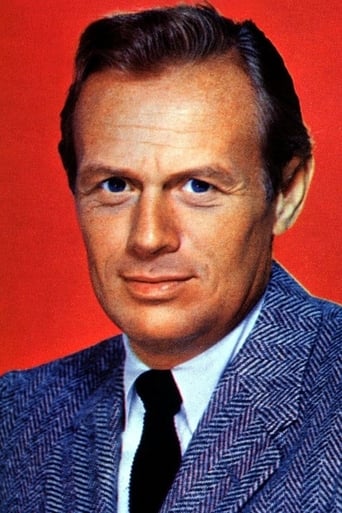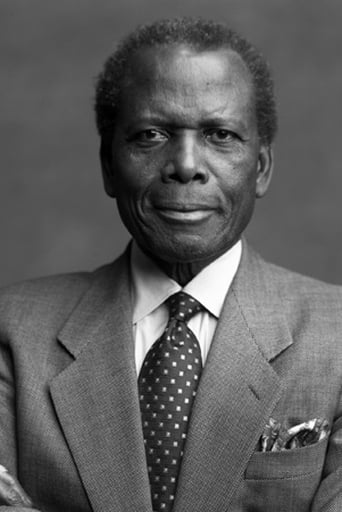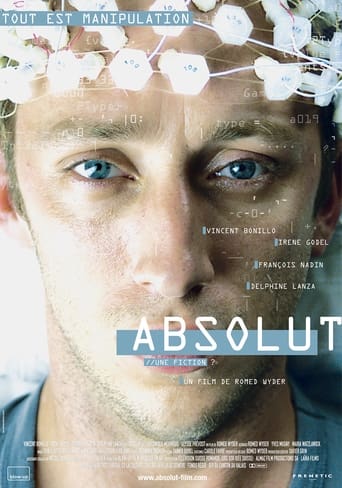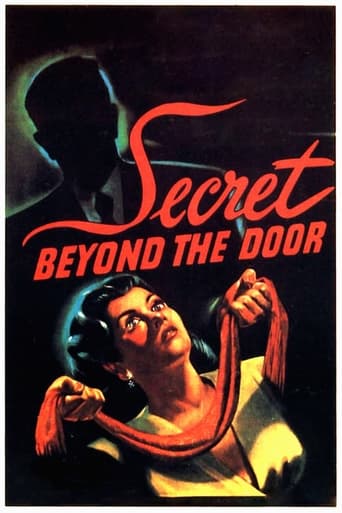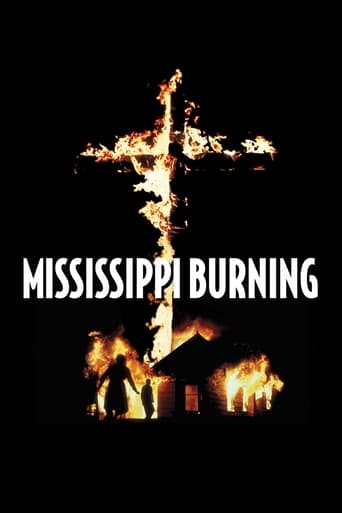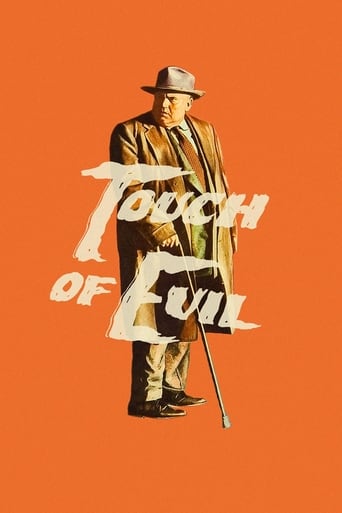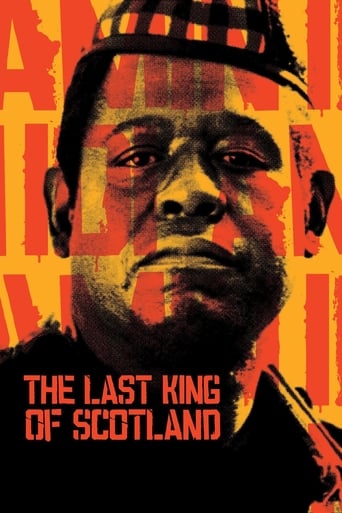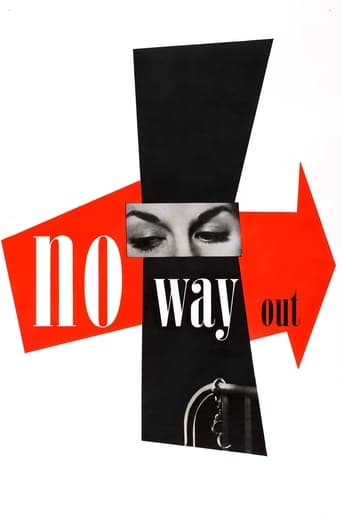

No Way Out (1950)
Two hoodlum brothers are brought into a hospital for gunshot wounds, and when one of them dies the other accuses their black doctor of murder.
Watch Trailer
Cast
Similar titles

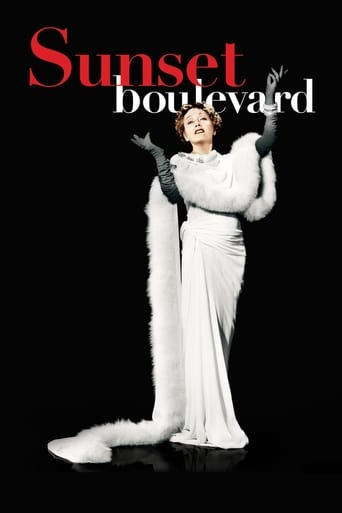

Reviews
How sad is this?
Great Film overall
Good concept, poorly executed.
There is, somehow, an interesting story here, as well as some good acting. There are also some good scenes
Anyone here see "Django Unchained"? You recall all the controversy over the excessive use of the 'N' word and the blatant racism in that picture? I counted the 'N' word seventy seven times myself in Django but I'm sure I was distracted and missed a few. But now here's "No Way Out" from 1950 - that's over sixty years ago and I have to wonder what movie audiences were saying about it back then. I know I heard Widmark use the 'N' word repeatedly, along with a host of other colorful racial slurs like boogie, coon, black boy and sambo. I can't say that I've seen any film that predates this one to tackle racism on this scale so dramatically and effectively.There's another possible connection to 'Django' that I'd like to bring up, but this one might be a stretch. Remember who King Schultz and Django were tracking at the beginning of the story? - it was the Brittle Brothers and there were three of them. Brittle - Biddle? I'm probably way out on a limb here, but it could have been buried in Tarantino's subconscious somewhere.Well enough of that. Making "No Way Out" was a gutsy move for all the parties involved. Twentieth Century Fox head Darryl Zanuck decided to personally produce the film because of it's controversial nature. He got this young kid Sidney Poitier to portray the role of Dr. Luther Brooks, brand new intern at a county hospital prison ward. Poitier had been signed to do a Broadway play when this part was offered, so using that as leverage, tried to renegotiate his salary to do the play. No dice they said, thinking it was a bluff, and so a movie career was born that's lasted a half century.Complementing Poitier in his breakout role include Richard Widmark as the uber-racist Ray Biddle, and Linda Darnell as a waitress from the wrong side of the tracks trying to make a better life after escaping a stormy marriage with Johnny Biddle, who's death triggers the conflict of the story. Now Edie Johnson, she marks her upward mobility by proclaiming "I used to live in a sewer. Now I live in a swamp".Getting back to the racial component of the story, not only was it the language that jolts the viewer, but the actions of the characters as well. Widmark's character blows cigarette smoke in Poitier's face at one point while being treated for a gunshot wound, and later in the story just after a full scale race riot, an elderly white woman spits in Poitier's face in retaliation for her husband's injury. Man, I would have loved to been around for the decision making process to see how these scenarios were argued.Personally, my favorite Poitier film is 1967's "In the Heat of the Night", but you can see how the template for his better known films was introduced here. Often cast in roles where he had to overcome bias and racial hatred, his characters have come to represent the best aspects of humanity by transcending stereotypes and blind prejudice. In that respect, "No Way Out' was somewhat a misnomer for this talented black actor.
No Way Out (1950)Hard hitting, sometimes shocking, always unflinching view of America's new confrontation with racism in the 1940s. Richard Widmark's character, deplorable racist Ray Biddle, and his performance so raw and impressive (and physical), it reminds you of how easy it was and is for some people to be hateful about race--it's about blindness, really, to what was right in front of him. And that was an black doctor, played by Sidney Poitier in his first film role, setting up a lifetime of roles where he played the symbolic African American that conservative white America could deal with and accept most easily.There are what seem like unavoidable moments where the issue becomes the focus outside of the plot, where it seems to almost start to preach, but amazingly, these are few and brief. One of the miracles of the movie is how fully it confronts urban racism by just showing it happening. It becomes a complete, complex drama by adding what amounts to a kind of film noir crime aspect in the second half. The growing importance of Linda Darnell in the plot gives it human depth, and the white doctor who is Poitier's mentor plays his role with as much subtlety as his saintly position allows.There are a number of moments where you think, no, that's not likely--turns in the story, little details. Key among these is a series of police related gaffes, mainly loose security surrounding two dangerous criminals. Unfortunately, these gaffes end up driving the plot at times. Fortunately, there are compensations, including a full blown race riot, bravely shown with everyone having hate in their eyes, both sides.Director Joe Mankiewicz has always leaned, through these classic Hollywood years, to movies with human depth, and here he takes a chance by taking on a visible "issue" of the time, much as Stanley Kramer did with Guess Who's Coming to Dinner in the 1960s. Even if it boxes in the movie a little as a narrative experience, it's worth it. With the support of brilliant cinematographer Milton Krasner (brilliant) and music by Alfred Newman, and with some fast editing and a whole series of turns to the story, you really can't go all wrong.
NO WAY OUT is one of the best films about race prejudice that Hollywood ever made. One of the reasons this is so is because of the crude, evil and unflinching language used throughout the movie. If the movie were made now, it would most likely be sanitized--and that's a shame, as the vileness and stupidity of racism is diminished when film makers censor their message in order to avoid offending people. This movie is patently offensive--and because of that, it succeeds in telling a story that really packs an emotional wallop.Sidney Poitier plays a young doctor who was unfortunate enough to treat two brothers who are thieves on the jail ward of the hospital. Unfortunate, because one brother dies (through no fault of the doctor) and the other is such an insane racist (Richard Widmark) that he is sure the doctor killed his brother--though it's only because Poitier is black that he believes this. In Widmark's view of the world, blacks are garbage and he gives this doctor nothing but hatred and disrespect. Even when it is proved that Poitier did NOT kill this patient, Widmark is determined to get revenge...one way or another. There's a heck of a lot more to the plot than this, but I'll hold back so I won't spoil the suspense. And, speaking of suspense, this is one of the tensest films I've seen in some time--it kept my interest every minute.Some performances are worth noting. First, Stephen McNally plays one of his rare performances as a nice guy. Usually, he played heavies--gangster types. Here, he plays a fine human being--and I was shocked to see this. Second, Richard Widmark really did a great job. I know in real life he was a very liberal man and a champion of causes such as race relations. Yet, you'd never know it based on this venomous performance--he is one of the nastiest, if not the nastiest, racist I've seen on film. He gave a very ugly face to white supremacy--and showed just how sick racism is. As for Poitier, he was just great--as you'd naturally expect. I was just surprised that this was his first Hollywood type role--he seemed like an experienced vet.I think, however, the biggest stars of the film are the screen writers (Joseph L. Mankiewicz and Lesser Samuels) and director (Mankiewicz once again). The screenplay was simply amazing--convincing, taut and believable. The direction was also first-rate--something you'd expect from the same guy who brought us classics like ALL ABOUT EVE and A LETTER TO THREE WIVES. One scene in particular that I loved was when the flare was fired. That long pause as everyone was just frozen before the race riot began was brilliant--many directors wouldn't have used the pause and would have missed this chance to build the tension.A great film.
This fine drama details a story of racial strife and animosity in a production that presaged the civil rights movement in America by several years. The central figures are Richard Widmark, a bigoted hoodlum and hater of blacks, and Sidney Poitier, a black doctor who is accused of the murder of Widmark's brother while trying to save his life. Widmark and Poitier are excellent in the latter's first major Hollywood film. The picture's main thread is the state of affairs among blacks in American society and white attitudes towards them as mirrored in several characters in the film. Stephen McNally, Poitier's boss in the hospital, prizes the young doctor's skills and has a high opinion of him while Linda Darnell is indifferent to blacks. There is racism expressed by blacks as well in certain characters so neither side gets a moral pass in the film. The movie deserves wider popularity because of its courageous introduction of a troublesome subject to American audiences. Great acting, lensing and music make the picture a landmark film.
